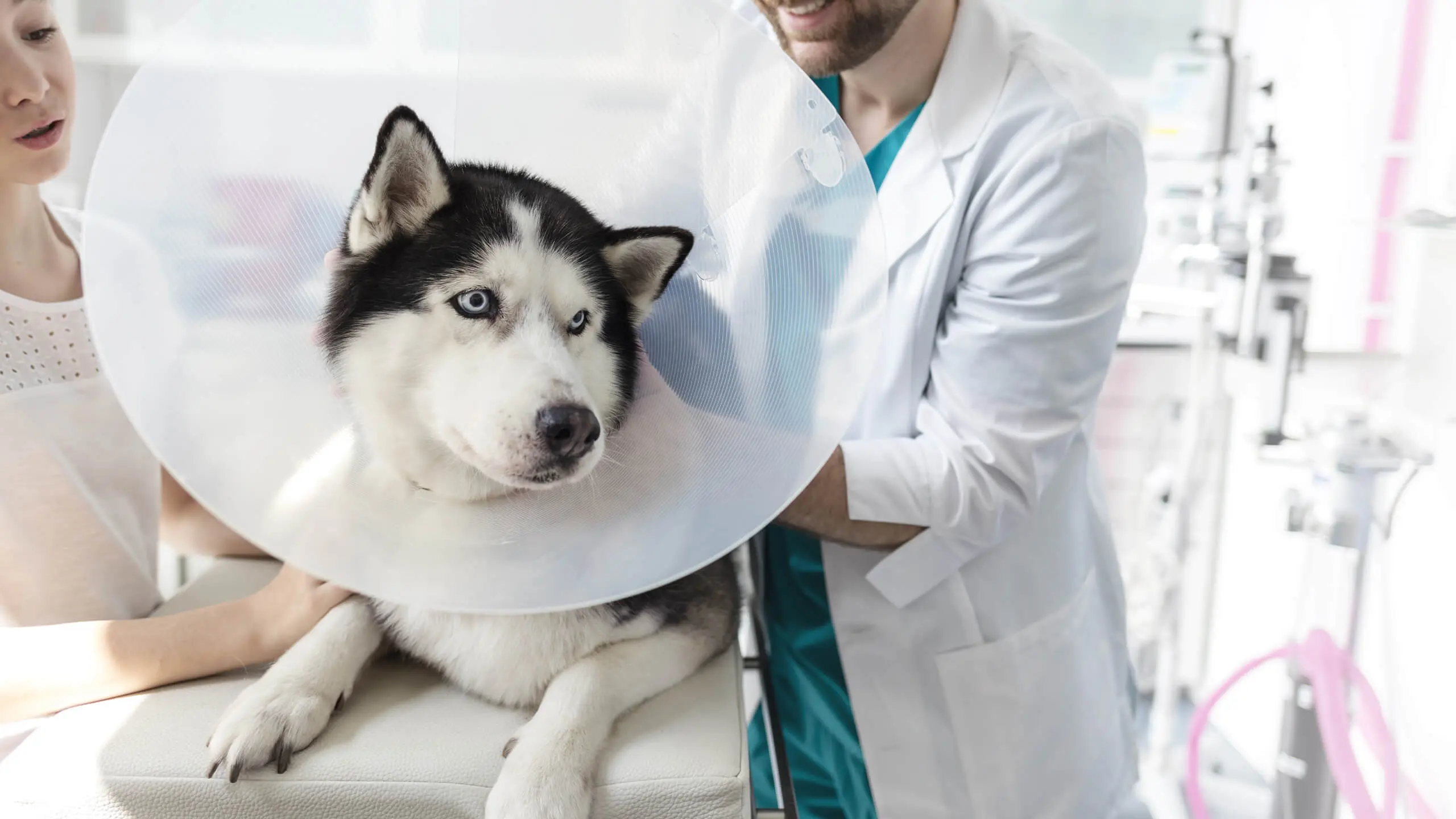
Spaying or neutering your pet is a responsible and beneficial decision, contributing to their health and well-being while also helping to control the pet population. Proper preparation for the surgery can help ensure a smooth process and a successful recovery. Here are key steps to prepare for your dog’s or cat's spay or neuter surgery.
Understanding the Procedure
What is Spaying and Neutering?
- Spaying (ovariohysterectomy) involves the removal of the ovaries and uterus in female pets.
- Neutering (castration) involves the removal of the testicles in male pets.
These procedures prevent reproduction and can also provide health benefits, such as reducing the risk of certain cancers and eliminating the risk of pyometra (a potentially life-threatening uterine infection) in females.
Pre-Surgery Preparation
Veterinarian Consultation with Us
- Pre-surgery examination: Prior to surgery you need to schedule a pre-surgery consultation to ensure your pet is healthy enough for anesthesia and surgery. Our veterinarian will perform a physical exam and may recommend blood tests to check for any underlying health issues.
- Discuss Concerns: Use this opportunity to discuss with us any concerns or questions you have about the procedure, anesthesia, or recovery.
Fasting
- No Food: Typically, pets should not eat for 8-12 hours before the surgery to reduce the risk of vomiting under anesthesia. We will confirm the exact fasting period during your pre-surgery examination.
- Limited Water: Water is usually allowed until the morning of the surgery. Follow our veterinarian’s specific instructions regarding water intake.
Preparing Your Pet
- Cleanliness: Bathe your dog or cat a day or two before the surgery. This ensures they are clean since they won't be able to get wet for a week after the surgery.
- Comfort Items: Bring your pet’s favorite blanket or toy to our clinic to provide comfort during their stay.
Logistics
- Transport: Arrange reliable transportation to and from our clinic. A secure carrier is essential for cats, and a leash or harness is necessary for dogs.
- Schedule: Plan for a calm day with minimal stress for both you and your pet. Avoid scheduling any other significant activities on the day of the surgery.
Post-Surgery Care
Immediate Aftercare
- Monitoring: Pets will be monitored closely as they wake up from anesthesia. They may be groggy or disoriented. We will provide you with instructions for when to pick them up.
- Quiet Environment: Prepare a quiet, comfortable space at home for your pet to rest. They will need a soft bed in a quiet area away from other pets and distractions.
Pain Management and Medication
- Pain Relief: Our veterinarian will likely prescribe pain medication to manage discomfort. Follow the dosage instructions carefully.
- Antibiotics: In some cases, antibiotics may be prescribed to prevent infection. If prescribed, ensure your pet completes the full course as directed.
Wound Care
- Incision Site: Check the incision site daily for signs of infection, such as redness, swelling, or discharge. Notify us if you observe any issues.
- E-Collar: Your pet may need to wear an Elizabethan collar (E-collar) to prevent licking or biting the incision site. Ensure the collar fits properly and that your pet is comfortable wearing it. Don’t hesitate to contact us if you have questions or issues installing the E-Collar.
Activity Restriction
- Limited Activity: Restrict your pet’s activity for at least 10-14 days post-surgery. Avoid running, jumping, and rough play to prevent stress on the incision site.
- Leash Walks: When taking your dog outside, use a leash to control their activity and prevent them from overexerting.
Diet and Hydration
- Small Meals: Your pet may have a reduced appetite after surgery. Offer small, frequent meals and ensure they have access to fresh water.
- Normal Diet: Gradually reintroduce their regular diet as they recover and their appetite returns.
Follow-Up Care
Veterinary Check-Up
- Scheduled Visit: Schedule a progress visit with us to ensure proper healing. This is typically around 7-10 days after the surgery.
- Suture Removal: If non-dissolvable sutures were used, they will be removed during the progress visit.
Long-Term Care
- Monitor Behavior: Watch for any changes in behavior, eating habits, or signs of discomfort. Don’t hesitate to contact us if you have any concerns.
- Healthy Lifestyle: Maintain a healthy diet and regular exercise routine for your pet. Spayed or neutered pets may have a tendency to gain weight, so monitor their weight and adjust their diet as needed. We are happy to discuss an appropriate nutrition plan keep your pet happy and healthy.
Conclusion
Preparing for your dog’s or cat’s spay or neuter surgery involves careful planning and attentive care before, during, and after the procedure. By following these guidelines, you can help ensure a smooth surgery and a successful recovery for your beloved pet. Always consult us for personalized advice and follow our veterinarian’s recommendations closely to provide the best care for your furry friend.




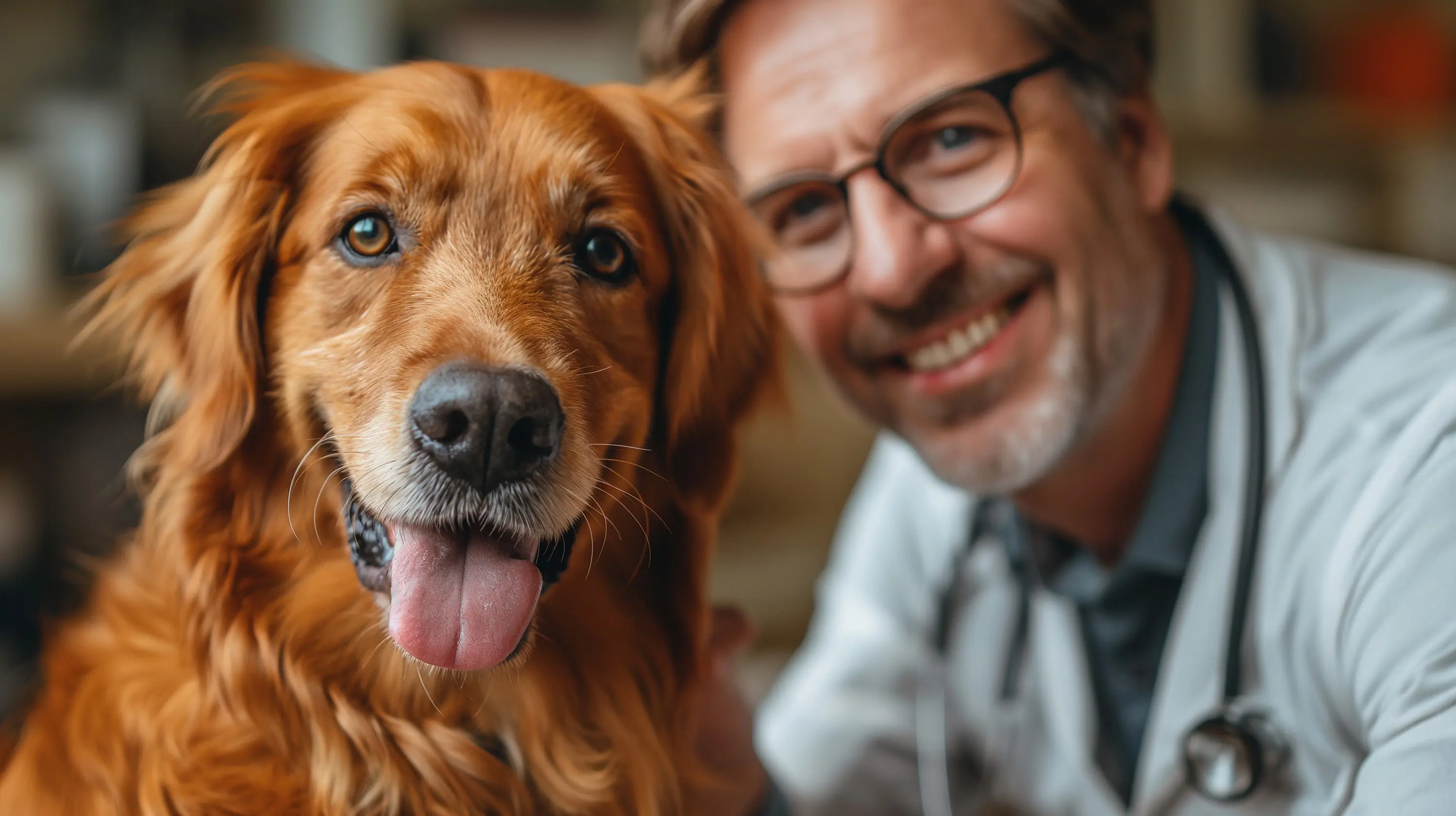
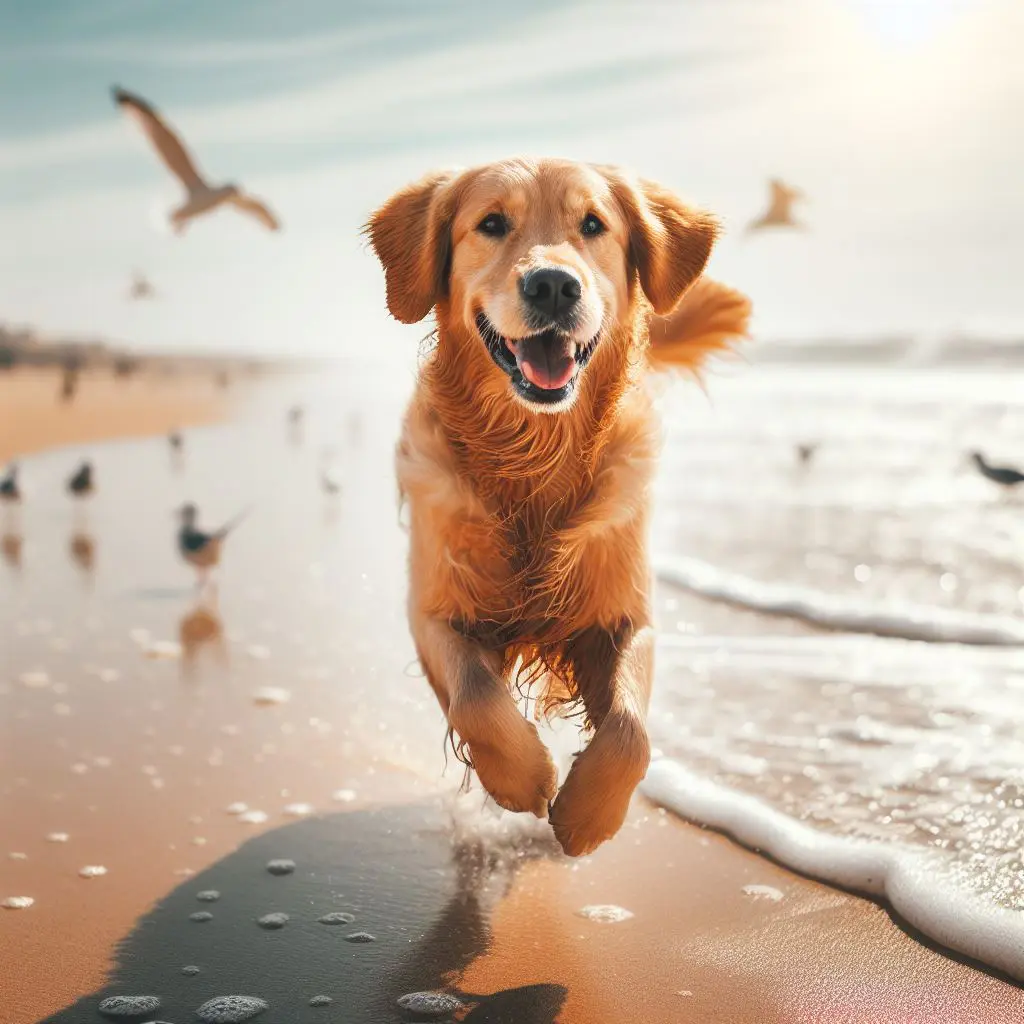

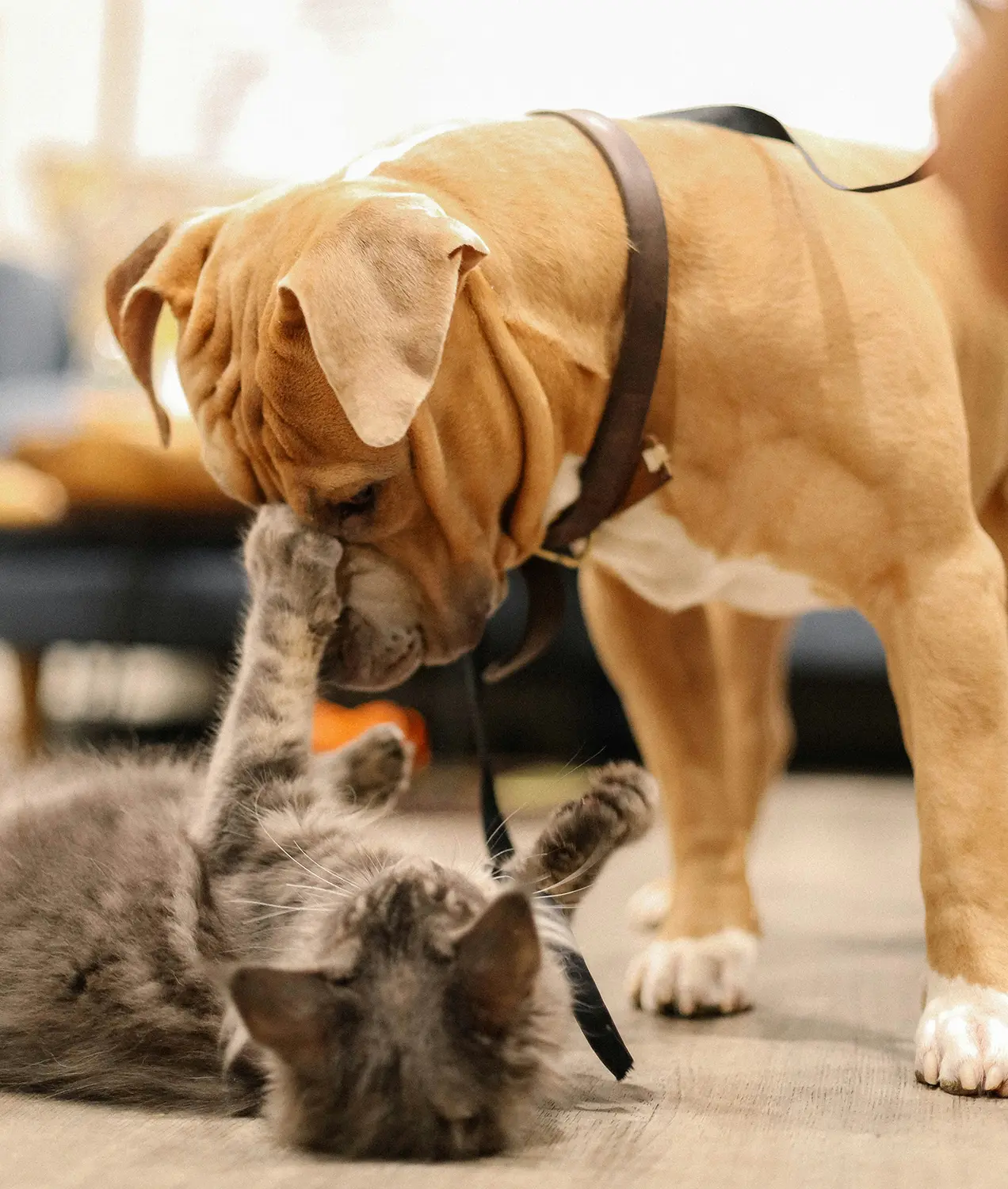
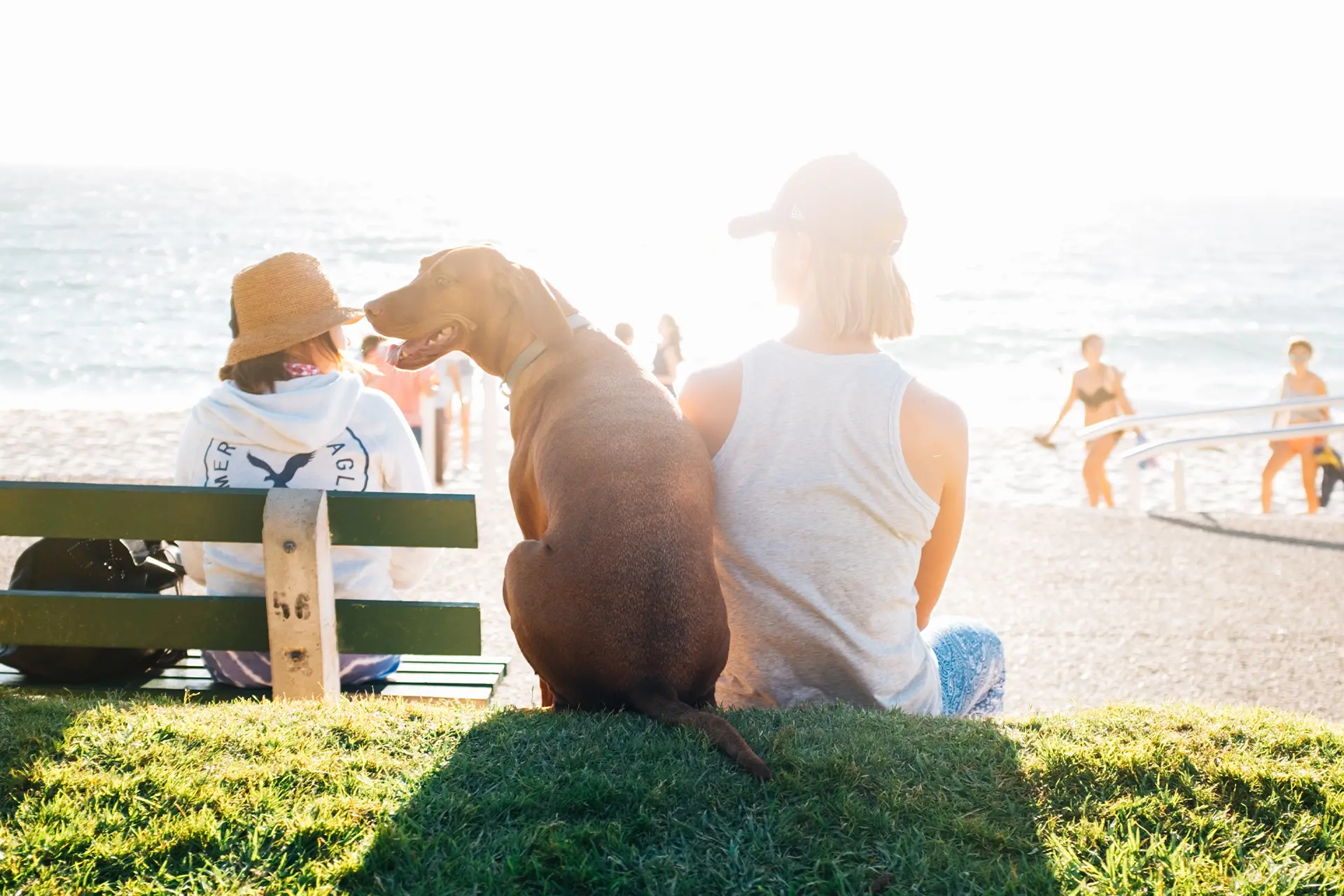
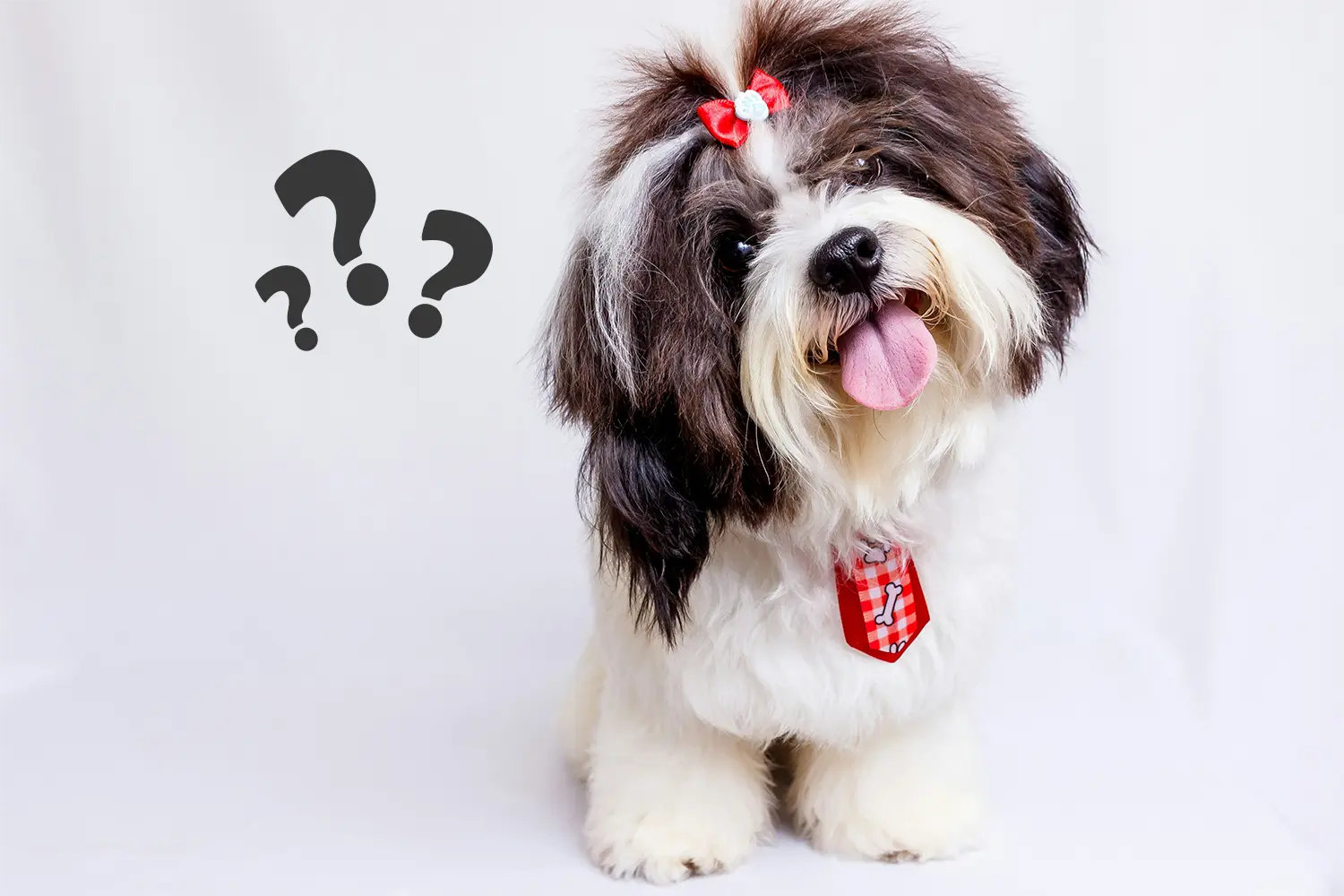
Write a comment
What is your overall rating?